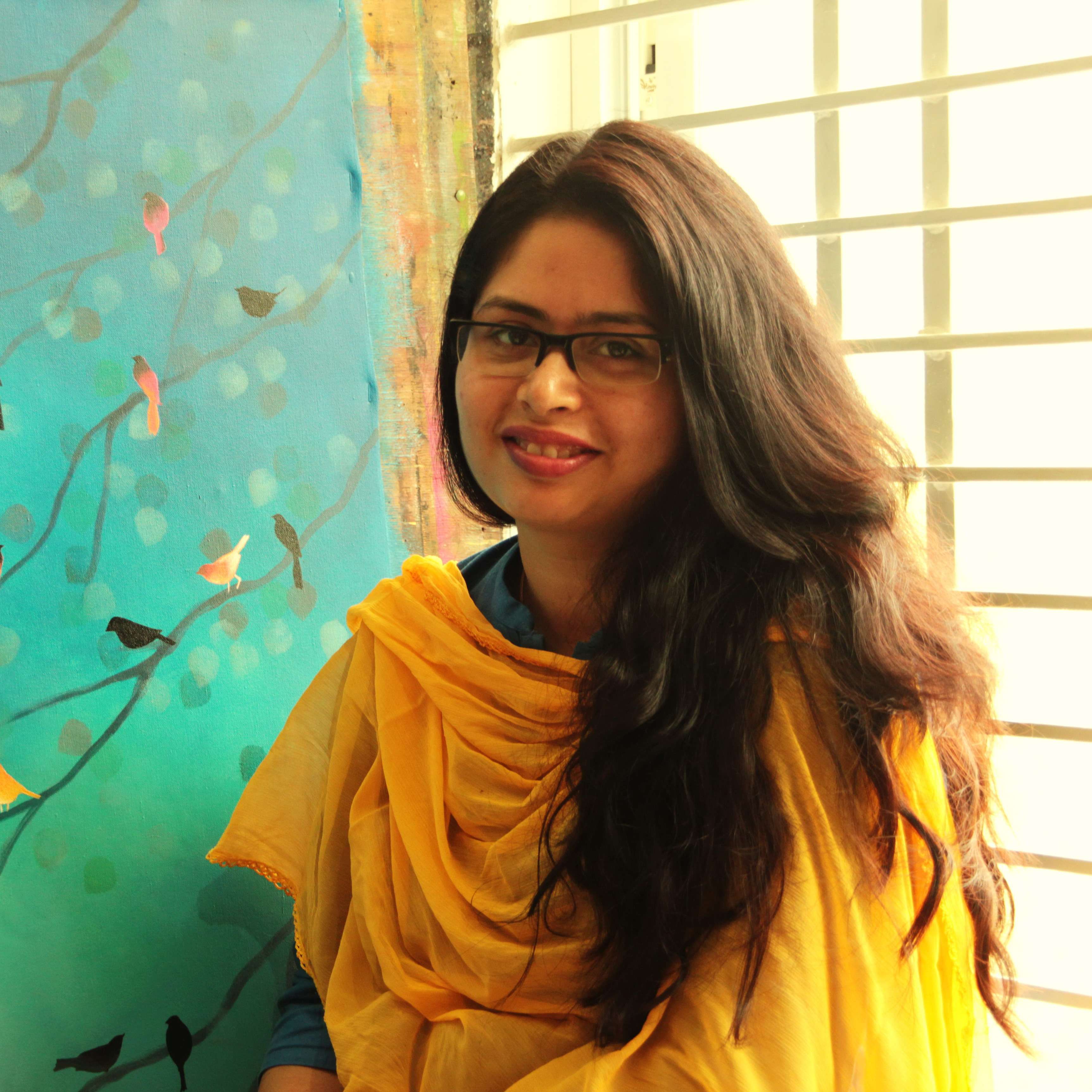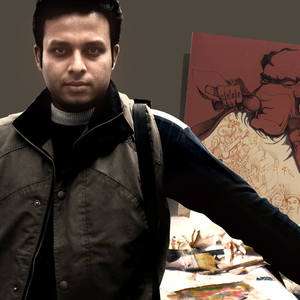If you are an avid reader and a historian with the even slightest bend towards art, then chances are quite high that you appreciate the beauty of ancient Mughal paintings and the panorama of delicate miniature paintings. These are the paintings that reflect the confluence of different cultures on Indian art. Nowadays, online art galleries have made it easy for art lovers to buy paintings. Though one can conveniently buy paintings online, the legacy around the form of a painting is something for which one has to dig deep into the texts to gain knowledge. The aim of this blog is to acquaint new-age art lovers who love exploring online art galleries and buy paintings online with a brief history of Mughal paintings.
1526 was the year that changed the political map of India. It was the year of the advent of Babur, who founded the great Mughal Dynasty. He engaged the forces of Ibrahim Lodi in the Battlefield of Panipat and won a decisive victory which was to change the course of Indian history forever. Babur was the descendant of a Turco-Mongol conquers Timur, whose family ruled in Persia. The Dynasty founded by Babur became one of the greatest the world had seen. They ruled a vast empire whose fame spread throughout the world. The culture and the art they created helped to shape future developments in all spheres of life. Babur had a brilliant mind and a skill for administration, but he had far too little time before he died in 1532 to shape new and lasting institutions of administration.
Nowadays, a market is flooded with Persian-styled paintings. Some people prefer to buy their paintings from conventional art galleries, while others buy paintings online. Regardless of the place where you buy traditional paintings from, it is important to know the origin and history of Persian paintings to make a sound decision. Babur’s son Humayun, who succeeded him was defeated by Sher Shah Suri and took refuge for most of his reign in Kabul at the court of the Persian ruler Shah Tahmasp. It was in the court of the Persian ruler that Humayun saw the refinements and beauty of the best of Persian culture. He also saw the many paintings made by court artists who followed in the long tradition of Persian painting. From his exile, he brought back some of the greatest Persian court artists. He brought to the Mughal painting a kind of refinement which remains astounding to viewers. He brought a technical brilliance which was developed at the Persian court. These techniques hugely enriched the tradition of painting under the Mughals. These painters and the many painted manuscripts which Humayun brought with him proved to be the beginning of one of the greatest traditions of painting which flowered in India and indeed in the world. Only seven months after his return to India, Humayun died a sudden and premature death. He was succeeded by his son Akbar, who was only thirteen years old at that time.
Akbar proved to be one of the greatest monarchs in Indian history. He was an able conquer and one of the greatest administrators and statesman. He had a great vision which unified distant corners of India and shaped up the cohesive and wondrous empire. An enlightened man and ruler, he was responsible for innovations in every sphere of life. His dream of unity among Indians was expressed in everything which he undertook.
After 1575, when the frenzy of conquest had abated, Akbar had more time for peaceful pursuits. He settled at his newly built red sandstone capital Fatehpur Sikri where he began a series of religious discussions in a special house of worship. He welcomed Christians, Hindus, Parsees, Jains and others and created a universal faith Din-i-Ilahi. Fatehpur Sikri was one of the most cosmopolitan places in the world at that time. Though he was illiterate, Akbar’s thirst for knowledge was unquenchable. He had texts of many religions translated into Persian and these were read out to him regularly. As a young boy in Kabul, Akbar had learned to appreciate the linear grace and exquisite harmony of Persian painting. Akbar had a passion for painting. Though he was busy with the challenges of empire building, he took a deep interest not only in the creation of exquisite Indian paintings but also in the establishment of a lasting infrastructure for art.
A well-organized court was set up. Hundreds of artists were employed and there was no bar on their caste or religion. Artists flock to the magnificent court of the great Akbar from all over the country. They brought with them diverse skills and talents reflecting the rich and varied culture of the country. All these were pooled together to form what became one of the most influential and well-recognized styles of paintings in India – that of the great Mughals. Till this date, Mughal-inspired paintings are one of the most sought after forms of paintings. People love to buy paintings online.





















